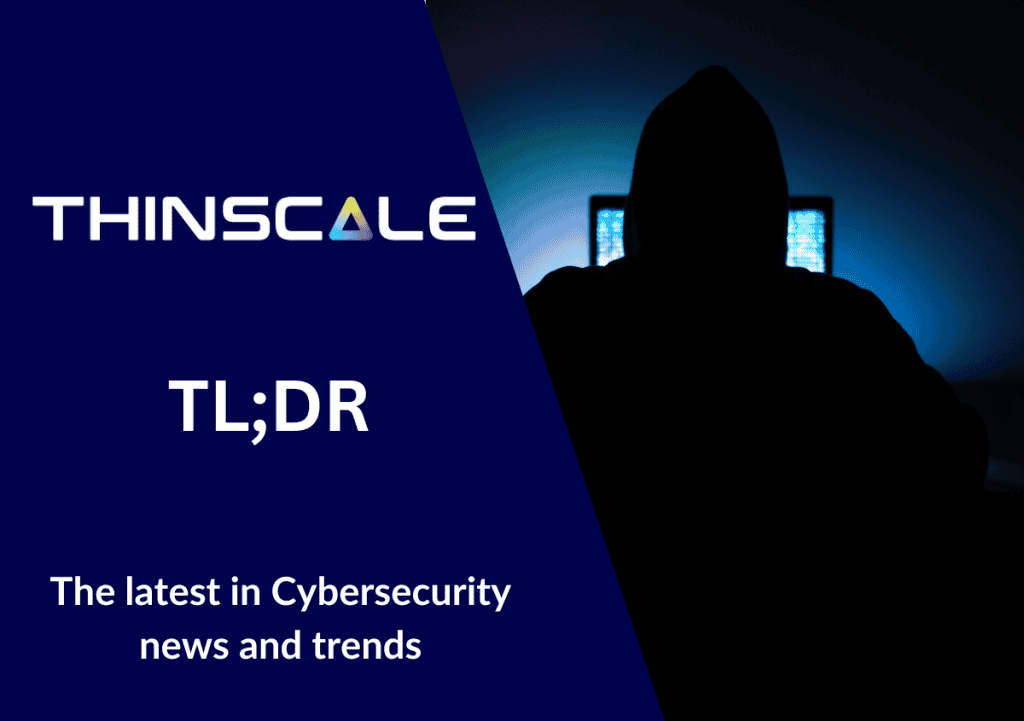This week’s update highlights two significant developments: Palo Alto Networks has identified a Zero-Day vulnerability in its own solution, while the US Department of Homeland Security has introduced a framework for the integration of AI.
Critical Zero-Day discovered for Palo Alto Networks
Palo Alto Networks has identified a critical zero-day vulnerability in its PAN-OS firewall management interface, currently under active exploitation. This flaw, with a CVSS score of 9.3, enables unauthenticated remote command execution without user interaction. Attackers have been observed deploying web shells on compromised devices. This grants persistent remote access. The company has released indicators of compromise (IoCs), including specific IP addresses associated with the malicious activity: 136.144.17[.], 173.239.218[.]251, 216.73.162[.] While these IPs represent third-party VPNs, caution is advised. No patches are currently available; therefore, it’s imperative for users to secure their firewall management interfaces immediately.
Restricting access to trusted IP addresses can reduce the severity of the vulnerability to a CVSS score of 7.5. This development follows recent advisories urging customers to safeguard their interfaces amid reports of remote code execution flaws. Additionally, three critical vulnerabilities in Palo Alto Networks’ Expedition tool have been actively exploited. However, no connection to the current issue has been established. Users are advised to monitor for updates and implement recommended security measures promptly.
Palo Alto Networks Zero-Day TL;DR
Palo Alto Networks has disclosed a critical zero-day vulnerability in its PAN-OS firewall management interface, actively exploited for unauthenticated remote command execution. The company has shared indicators of compromise (IoCs), including suspicious IP addresses, and advised users to restrict interface access to trusted IPs, lowering the vulnerability’s impact. While no patches are available yet, immediate security measures are crucial. This incident follows recent reports of other actively exploited vulnerabilities in Palo Alto’s Expedition tool.
U.S. Department of Homeland Security releases recommendations around AI Frameworks
The U.S. Department of Homeland Security (DHS) has introduced voluntary guidelines titled “Roles and Responsibilities Framework for Artificial Intelligence in Critical Infrastructure.” These recommendations aim to ensure the secure development and deployment of AI across sectors such as energy, water, transportation, and healthcare. The framework outlines responsibilities for various stakeholders:
- Cloud and Compute Infrastructure Providers: Providers should vet their hardware and software supply chains, implement robust access management, and safeguard the physical security of data centers. Additionally, they should monitor for anomalous activities and establish clear reporting processes for suspicious behaviors.
- AI Developers: The framework encourages adopting a “Secure by Design” approach, evaluating potential risks of AI models, and ensuring alignment with human-centric values. Developers should also implement strong privacy practices, assess models for biases and vulnerabilities, and support independent evaluations for high-risk systems.
- Critical Infrastructure Owners and Operators: Owners and operators of critical infrastructure should deploy AI systems securely by maintaining strong cybersecurity practices that account for AI-related risks and protecting customer data during AI product fine-tuning.
The DHS emphasizes that AI is already enhancing resilience and risk mitigation in various sectors, including earthquake detection and power grid stabilization.
DHS AI Framework TL;DR
The DHS released voluntary guidelines for securing AI in critical infrastructure, focusing on supply chain vetting, privacy, bias evaluation, and robust cybersecurity. It outlines roles for cloud providers, AI developers, and operators to ensure safe AI deployment in sectors like energy and healthcare.
Keep confidential data safe
These stories highlight the increased focus and innovation companies are focusing on internally. For insights into protecting your organization and securing confidential data at endpoints, contact us today.



